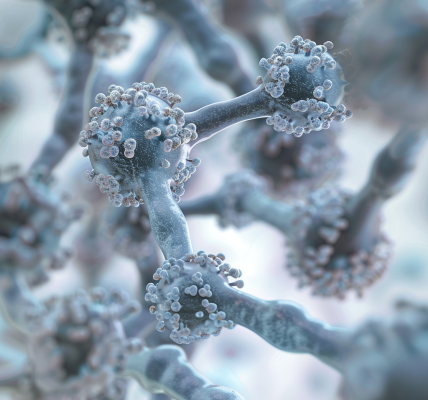In a groundbreaking study published in Nature Physics, researchers have uncovered an unexpected connection between brewing coffee and understanding turbulence. The study, led by University of California San Diego Chancellor’s Distinguished Professor of Physics Nigel Goldenfeld and Björn Hof of the Institute of Science and Technology Austria, sheds new light on the transitions between laminar and turbulent flows.
Back in 1883, Osborne Reynolds conducted experiments injecting ink into water in a clear pipe, observing the transition from laminar to turbulent flow as the water velocity increased. This transition was characterized by the development of localized patches of turbulence, referred to as ‘puffs.’
Reynolds’ work laid the foundation for fluid mechanics but left unanswered questions about the nature of these flow transitions. The recent study by Goldenfeld and his team delved into the problem using statistical mechanics, a branch of physics that describes systems with a large number of particles.
While turbulence is typically studied in the context of fluid mechanics, the researchers approached it from a statistical mechanics perspective, revealing that fluids in a pipe undergo a non-equilibrium phase transition called directed percolation at the point between laminar and turbulent flow.
The analogy drawn between fluid flow and coffee percolation provides a unique insight into this phenomenon. Just like the flow of water through coffee grounds, directed percolation in fluid dynamics involves a delicate balance to achieve optimal flow rates.
This study not only advances our understanding of fluid dynamics but also highlights the interdisciplinary nature of scientific research. By combining principles from fluid mechanics and statistical mechanics, the researchers have unraveled the complex behavior of turbulent flows, offering new perspectives on a century-old problem.





